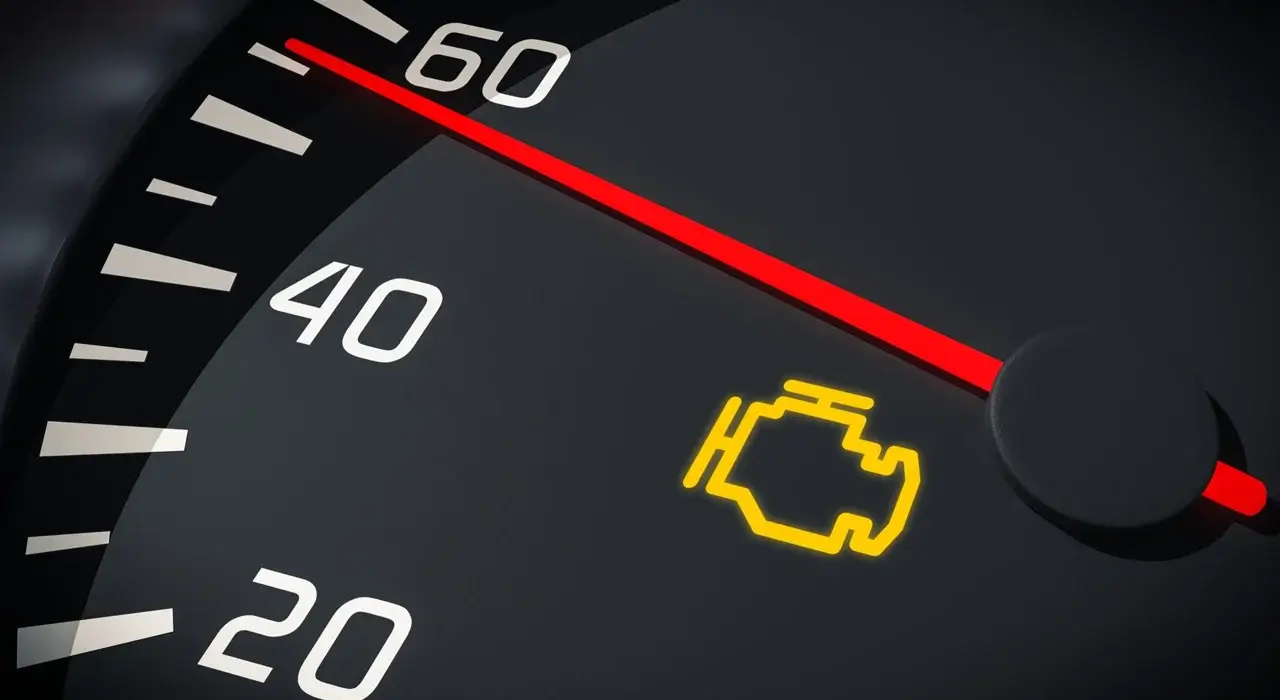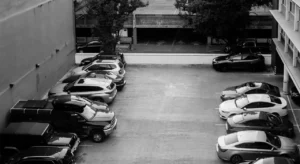The emission system is what controls gas fumes and helps in cleaning the air. The incorporation of emission control systems into automobiles helps prevent pollution as it limits the amount of evaporated and un-burnt gases into the atmosphere.
What Does Check Emission System Mean
Whenever the check emission system’s light turns on, it simply means the car’s emissions control system is bad and there’s air-polluting gas like carbon mono oxides coming from the vehicle, which is beyond acceptable federal standards. But if the car is working smoothly, and doesn’t show any issue except the illuminated emissions Light, then the problem could be coming from the sensor that triggers the light.
Possibly, it may have detached, or sometimes, when there’s an illuminated emission Light, it is because of either a faulty sensor or an issue with the exhaust gas recirculation valve.
Note that any vehicle in this condition will fail an emissions inspection test or smog check.
What Causes The Check Emission System Light To Come On
The radiator system, brake, and transmission systems of a car have their warning lights, and these lights are there to inform you whenever there are issues with your car. You should understand that the check engine light will be illuminated if:
- The catalytic converter is failing
- The mass airflow sensor is malfunctioning
- The Oxygen sensor is malfunctioning
There will be an expensive auto repair bill when you start having issues with your vehicle’s emissions system and any of the above components. This means you should always go for a vehicle inspection when your check engine light comes on. This is because the earlier you find the problem, the better and easier it will be fixed.
Suggestion: 8 Best Catalytic Converter Cleaner Of 2022 To Buy Online
However, there are other check engine warning light causes which means the check engine light might still be illuminated for something unrelated to your automobile’s emissions system. Below are other causes of the check engine light:
- Having faulty spark plugs
- Having an unsealed gas cap
- Having loose spark plug wires
- Having low oil pressure
As can be seen, the check engine light can come up for lots of reasons. Because of this, automotive technicians ensure they run diagnostic checks to know why the check engine light comes on.
Difference Between Input And Output Speed Sensor
According to the definition of a speed sensor by the Society of Automotive Engineers (SAE), they are devices that measure the number of revolutions or distance traveled per unit of time. There are one or more onboard computers that receive data from the speed sensors in your car. These onboard computers then use this information provided to determine the operation of various output devices.
Popular For You: 8 Best Upholstery Cleaner For Cars Interior in 2022 to Buy Online
However, there are usually two-speed sensors that work in collaboration to provide better transmission data to the vehicle’s powertrain control component. These components are the input shaft speed (ISS) sensor and the output shaft speed (OSS) sensor.
For the vehicle to achieve better transmission performance, they both must have to fulfill their functions. Below are the differences between the input and output shaft speed sensors:
· The Input Shaft Speed Sensor or ISS
The transmission speed sensor can also be called a turbine speed sensor because it is found close to the turbine of the torque converter. Additionally, it is used to track the speed of the input shaft.
· The Output Shaft Speed Sensor or OSS
This is what detects the speed of the transmission output shaft. To simplify it, the ISS stays on the front-end area of the transmission close to the torque converter, while the OSS stays close to the rear of the transmission.
The computer must compare the data from these two sensors so that your car can make some adjustments in the transmission’s operation and understands when the internal transmission has problems.
Can You Just Reset Check Emission System Without Fixing Problem
Yes, there’s a possibility for resetting your vehicle’s check emission system by disconnecting the battery, but only if your vehicle is manufactured before the mid-1990s. There’s a feature in modern vehicles that can turn the light back on after the battery has been reconnected.
Check Emission System Reset
Your vehicle should be taken to a certified auto mechanic who will perform a full inspection on it to solve the issue and turn off the light for you. But in case the light didn’t go off immediately, then there are lots of methods you can try. But note that it’s vital that you fix the problem instead of trying to reset it.
Related Post: 9 Best Portable Car Battery Jump Starter with Air Compressor To Buy in 2022
Allowing the check emission system light to turn off on its own is the easiest method to reset it. You can do this by driving the car as you usually would. But if it doesn’t turn off after three days, turn the car on and then off three times.
But in case the check emission system light doesn’t turn off, then you can disconnect and reconnect the battery. Note that while the engine isn’t running, you can make use of a wrench when trying to disconnect the positive power cable and leave it for about 20 minutes. After that, turn the key in the ignition to its ‘ON’ position. Now you should reconnect the positive battery cable and turn the key in the ignition, then you wait for a few minutes, and the check emission system light should turn off now.
Please note that, if neither of these technics works, the vehicle should be taken to a professional mechanic who can reset your light. The mechanic will also run a better diagnostics test to understand what exactly caused the light to illuminate.
Can A Bad Speed Sensor Cause Stalling
Yes, it can. It’s this sensor that helps in controlling the ignition timing of the engine. This means that whenever it fails, the computer won’t know when to ignite the cylinder, and this problem will cause or make the car engine stall and not start efficiently.
There are common signs of a bad speed sensor, and one of them is abnormal automatic transmission operation. Once a vehicle’s VSS is faulty, the transmission may exhibit signs like hard shifts, delayed shifts, and limited gear operation.
How To Fix Emission System Problem
When you have an emission system problem in your car, fixing it is very important as leaving it might affect the environment. Below is the most common way to fix the emission system problem.
- Examine the air filter on the air cleaner system.
- Check the Positive Crankcase Ventilation (PCV) system.
- Check the Evaporative Emissions Control (EVAP) system.
- Inspect the Exhaust Gas Recirculation (EGR) system.
- Examine the Air Injection System if the model of your vehicle came with it.
Conclusion
As you can see, the check emission light is a signal coming from the onboard diagnostics system (or OBD II), which means it has detected an issue. Note that all cars and light trucks come with onboard diagnostics to determine the engine-related problems that affect the emissions control systems.
Fixing the check emission light problem is essential to the health of all living in your environment as it will be passing harmful and toxic substances into the air. Also, your car will not be able to pass emission inspection and smog tests.







